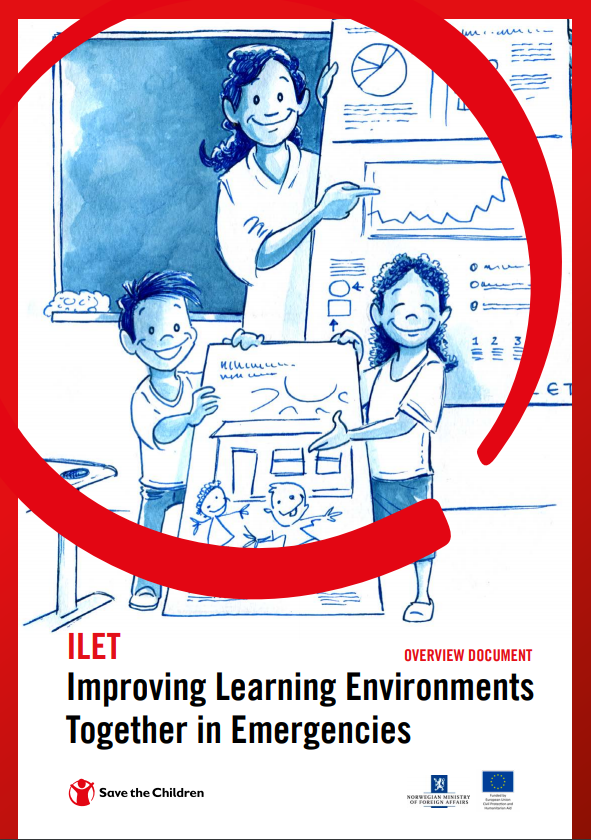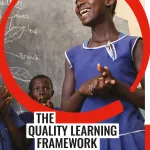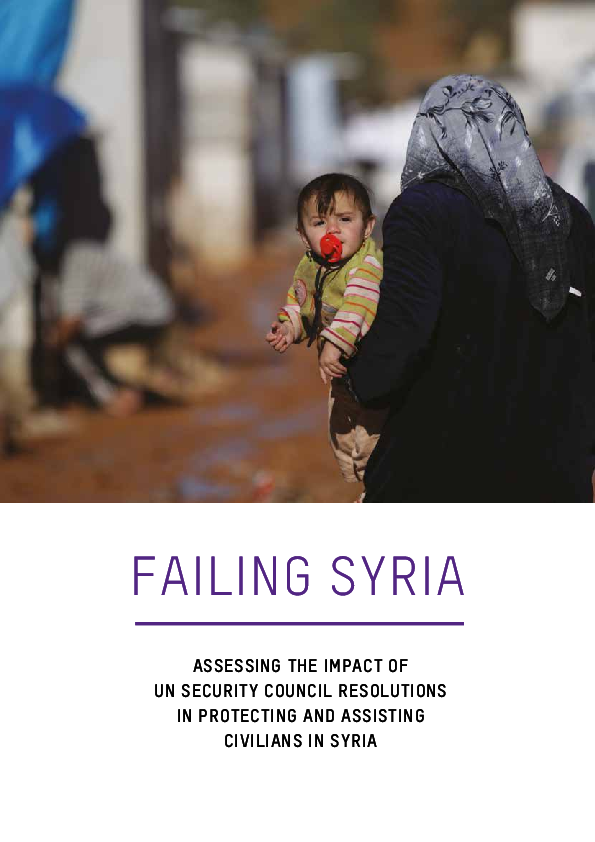Life-Saving Education for Children in Emergencies
Share:
As part of its launch, the Resource Centre highlights the Improving Learning Environments Together (ILET) training package for the month of September. The project, and subsequent package, was developed by Save the Children Norway to be used as a tool to involve communities in improving learning environments in emergencies. The approach encourages transparency, enforces accountability and ownership, and inspires the creation of local solutions.
The collection of reliable data for measuring programming quality has been one of the greatest challenges facing Education in Emergencies programmes to date. Without reliable, accurate data, programme staff face difficulties in mobilizing communities in supporting the educational programmes, engaging relevant parties, and involving key stakeholders in decision-making processes (such as children, their parents, and their teachers).
Improving Learning Environments Together (ILET) was developed to address these issues: it empowers communities to improve learning environments through a participatory process. Community stakeholders are supported in examining the learning environment, analyzing the findings, and formulating and implementing a School Improvement Plan. This process generates and utilizes reliable education data, as well as builds community capacity to continue developing and improving educational environments.

Improving Learning Environments Together in Emergencies (ILET) Package
2018 · Save the Children Norway
ILET is a package using assessments for improving learning environments in humanitarian contexts through community participation. Operationalizing Save the Children’s Quality... View Full Abstract
Why do we prioritize education in emergencies?
Currently, approximately 65 million children are affected by emergencies in 35 countries. Of these children, an estimated 37 million are not attending primary and lower secondary school. These numbers are expected to increase due to large-scale, protracted crises.
Education in emergencies serves many functions: it helps children’s abilities to break out of poverty and is also the best mechanism for protecting them from the many harms that emergencies attract. Schools provide a safe environment away from psychological trauma, recruitment into armed groups, child marriage, and gender-based violence, amongst other “childhood-enders.”
Furthermore, when consulted, children and their families report education as a key priority. Learning spaces, such as schools, symbolize the child’s and the community’s aspirations for a better life, with education as the cornerstone of this vision. Realizing educations’ importance in even the most difficult contexts, Save the Children is an implementer of Education in Emergencies programmes across the globe.
Featured Resources
2 resources
Share
Link


